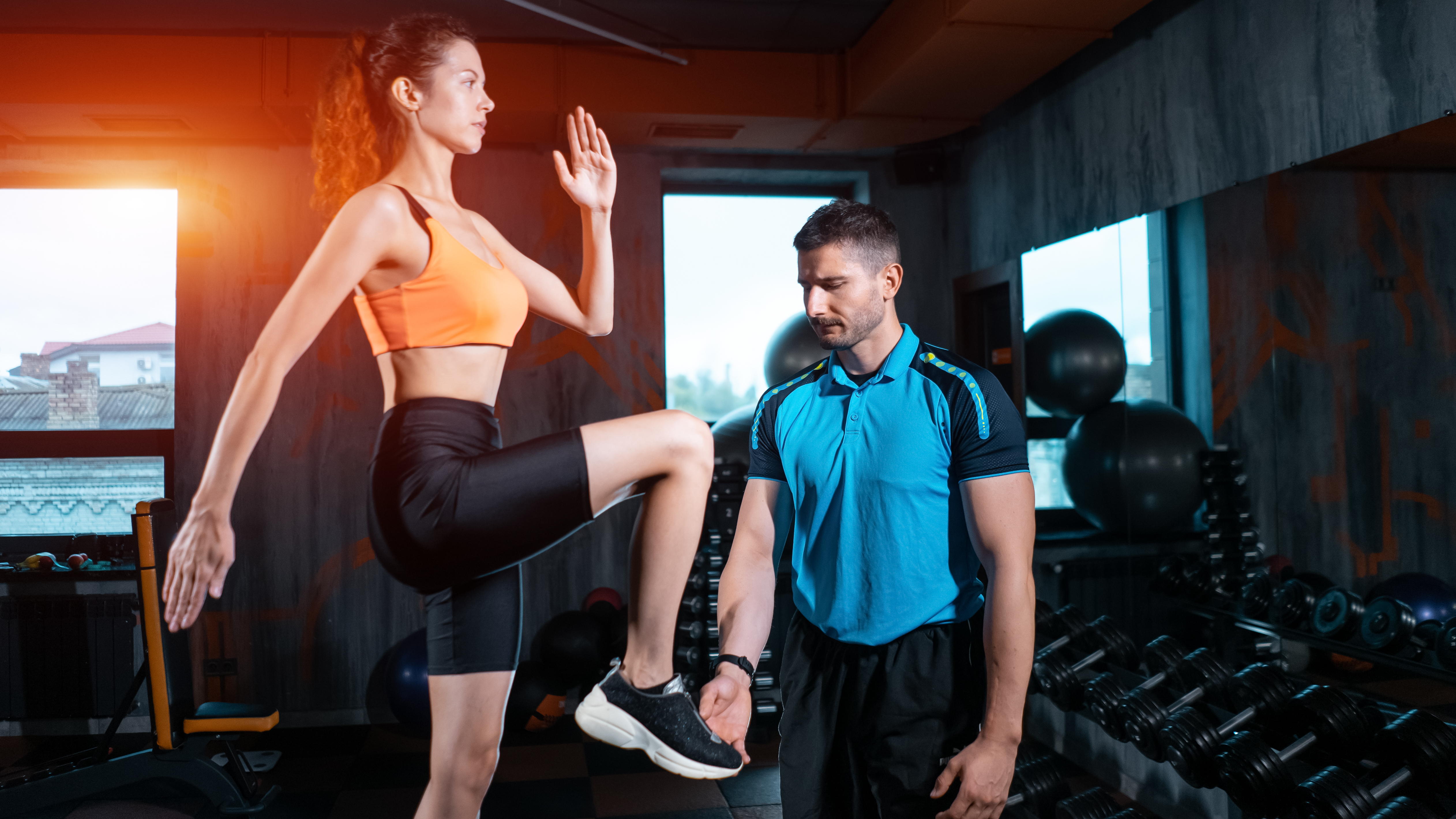Follow the exact strength workout for runners that helped cut Runna coach Anya Culling’s marathon time in half
All you need is your bodyweight and this 20-minute workout

In 2019, Anya Culling ran the London Marathon in a very respectable time of 4hr 34min.
It was her first attempt at 26.2 miles and she freely admits “I had no idea what I was doing”.
Three years later, Culling almost cut her time in half, racing home in just 2hr 36min, qualifying to represent her country in distance running in the process.
Now a coach at running app Runna, her story inspires others to rethink what they're capable of.
“If I can do it, why can’t you?” she says. But, how did she do it?
Using run-walk intervals, keeping an achievable goal in mind and making training sessions social by running with friends were some of her tactics.
She also started making time for gym work.
Start your week with achievable workout ideas, health tips and wellbeing advice in your inbox.
“I built really strong foundations before I started focusing on any sort of time goal,” she says.
“That meant when I did start a specific marathon block, my body was ready to absorb all that added load.”
A post shared by Runna | Running Coaching App (@runna)
A photo posted by on
She's now a dedicated fan of strength training.
“It can make you a more powerful, resilient runner,” she explains.
“It can reduce the risk of injuries and improve your longevity in the sport, allowing you to stay consistent and keep improving every session.”
Whatever level you're at, Culling says incorporating a few strength training basics into your training will help you run further, faster and for longer.
Strength workout for runners
To maximize time on the road and track, Culling keeps her strength training workouts short and simple.
She likes to mix multi-joint movements like squats and step-ups, with dynamic, single-leg exercises that mimic the demands and effort required to put one foot in front of the other when running.
“For running strength, it’s important to focus on compound lower-body movements, because your legs are doing most of the work,” Culling explains.
“Then you want fast, explosive exercises and also single-leg variations because when running, you're only ever on one leg at a time.”
Culling says you can build strength at home with just your bodyweight or use weights to gradually get stronger over time.
Here is the workout she now relies on week in, week out.
1. Back squat
Sets: 3 Reps: 10 Rest: 60sec
- Stand with your feet hip-width apart, resting a barbell across your shoulders (beginners should start without weights).
- Bend your knees and push your hips back to lower until your thighs are parallel with the floor.
- Keep your knees wide to activate your glutes and your chest facing forward to avoid placing pressure on your lower back.
- Push through your heels to stand.
2. Single-leg deadlift
Sets: 3 Reps: 10 each side Rest: 60sec
- Stand on your right leg, with your left heel lifted off the floor.
- Keeping your weight in your right foot and maintaining a slight bend at the knee, hinge forward at your hips, lifting your left leg behind you.
- Lower your chest until you feel your right hamstring engage, then drive your hips forward to return to standing.
- Perform all repetitions on your right side, then switch legs.
“Focus on explosive power as you stand and keep most of the weight on one leg,” says Culling.
3. Step-up with knee drive
Sets: 3 Reps: 10 each side Rest: 60sec
- Stand in front of a box, bench or chair.
- Place your right foot on the platform.
- Push through your right foot to extend your right leg, bringing your left knee up to hip height and swinging your right arm forward.
- Keeping the right foot on the chair, step back down with your left foot.
- Repeat 10 times in total, then switch legs.
“My favourite single-leg explosive lower-body movements are step-ups with a knee drive,” says Culling. “Driving your opposite arm and leg mimics the running action, making it full-body.”
4. Calf raise
Sets: 3 Reps: 10 Rest: 60sec
- Stand with one arm resting on a wall for support.
- Press through the balls of your feet and lift up onto your tiptoes, squeezing your calves at the top of the move.
- Lower slowly.
- Perform with both feet together or, as you get stronger, one leg at a time.
“Strong calves reduce the load on your shins, which beginners often struggle with, leading to shin splints,” Culling explains. “They are also vital for producing explosive power for running.”
5. Abs finisher
Sets: 1 Time: 40sec Rest: 20sec
Culling likes to pick five to 10 abs exercises and perform them in a circuit once or twice round. She will do each exercise for 40sec, rest for 20sec, then move onto the next one.
Typically these will include dead bugs, bicycle crunches, leg raises, Russian twists, planks, side planks and ankle taps.
“Core strength is really important to stabilize your torso,” says Culling.
“It should mean there are fewer imbalances down your legs and it will stop your lower limbs overcompensating or putting too much load on your joints.”

Sam Rider is an experienced freelance journalist, specialising in health, fitness and wellness. He is also a REPS level 3 qualified personal trainer.
You must confirm your public display name before commenting
Please logout and then login again, you will then be prompted to enter your display name.




